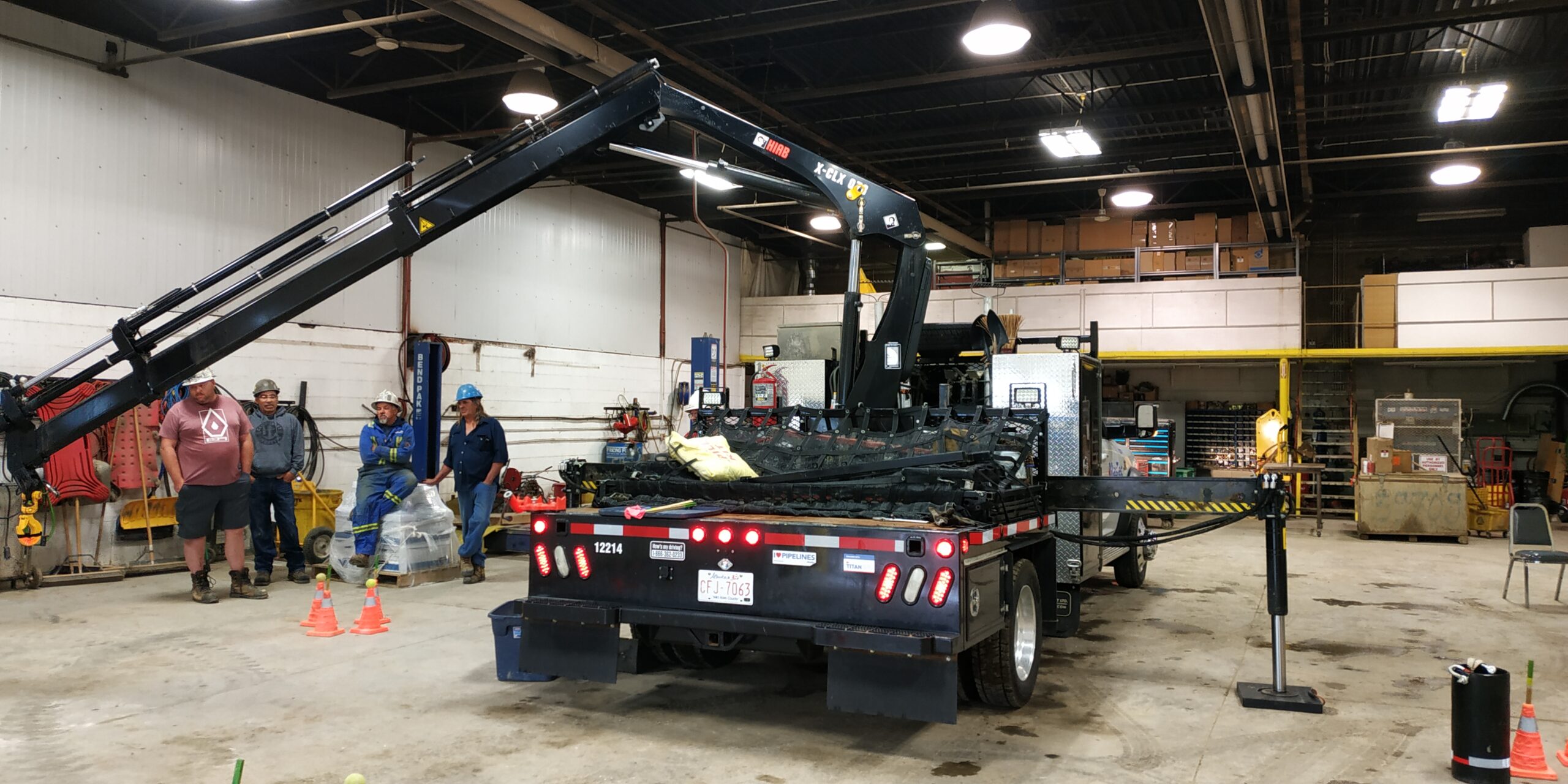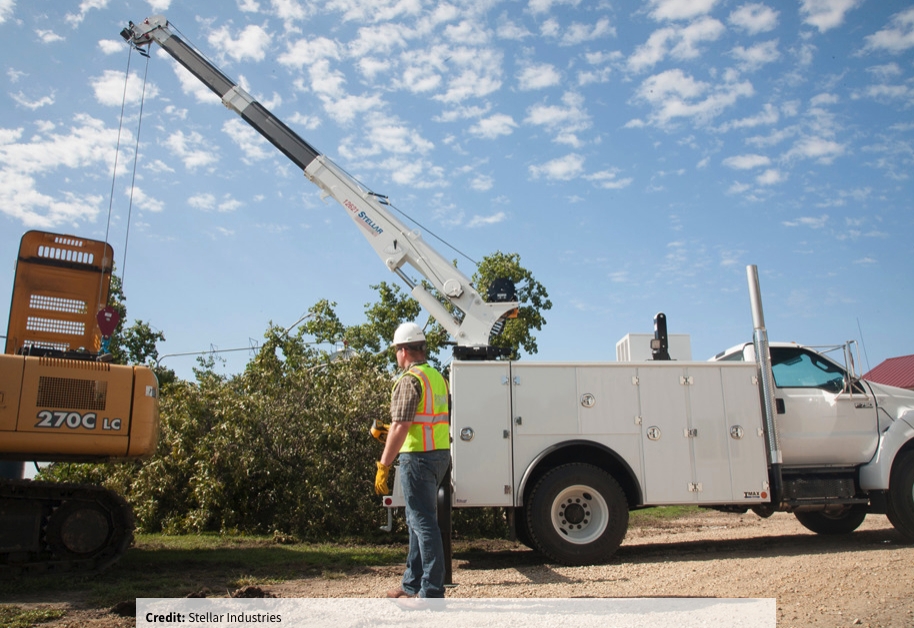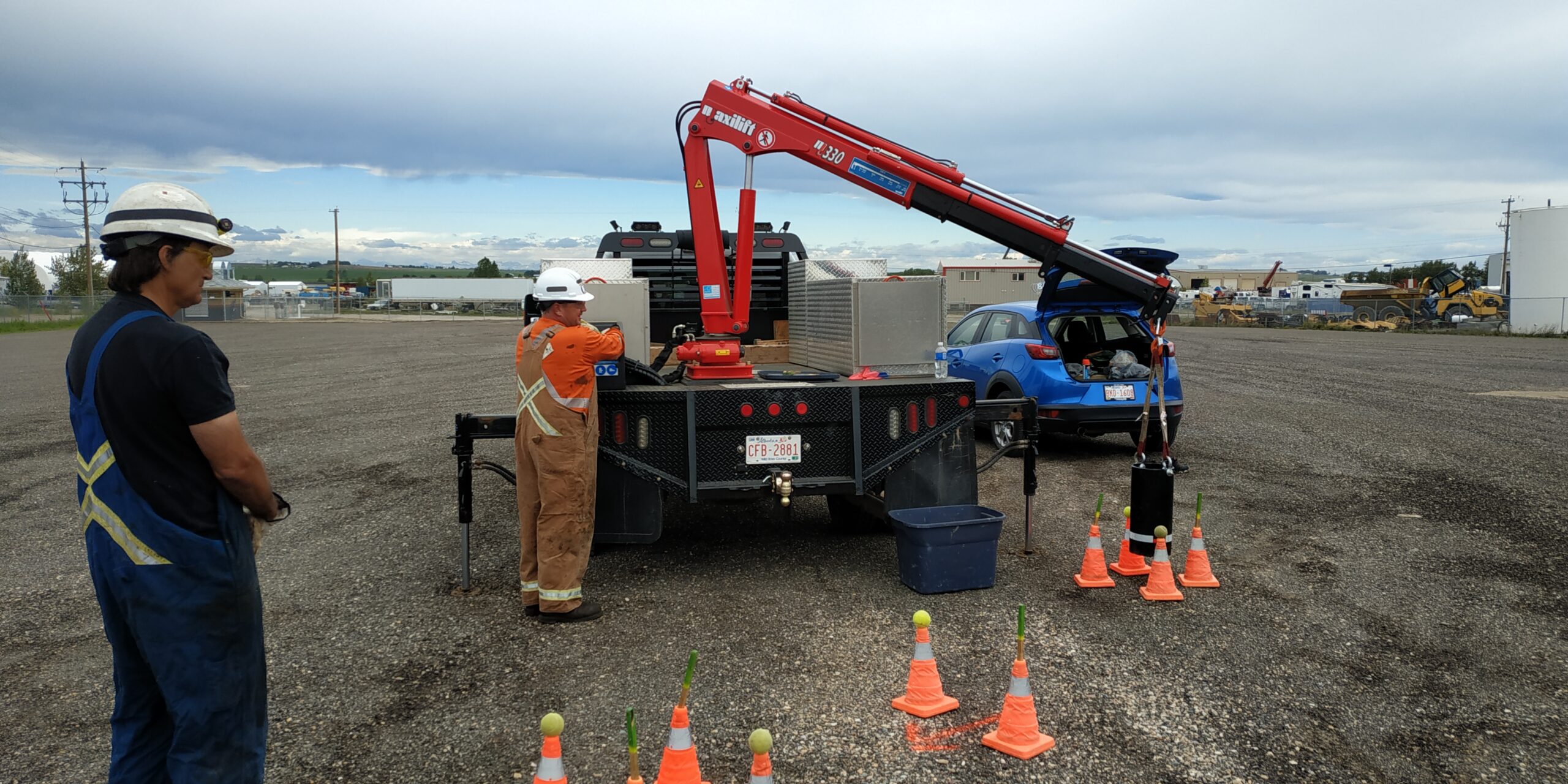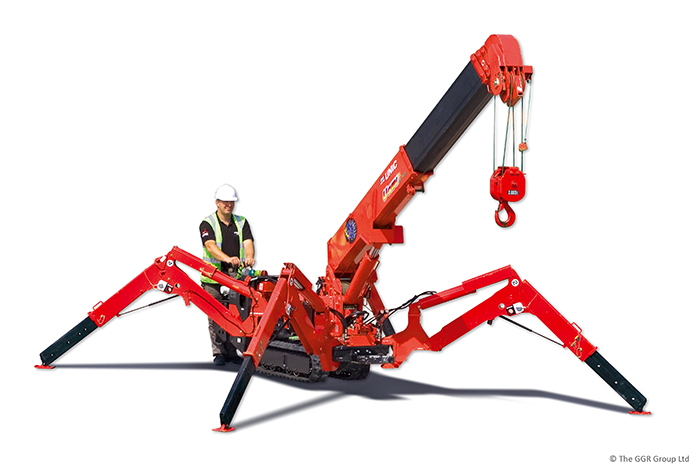From small capacity carry deck cranes up to 15-ton carry deck cranes, we can help you with your operator certification From time to time we occasionally find ourselves being asked to provide operator certification on small carry deck cranes. Broderson is a very well known brand of carry deck crane in the industry, there are other carry deck cranes from Grove cranes, Manitex and others, but we often see more Brodersons. Today I had the great fun of working with a large group of millwrights and welders who will now be using the little baby Broderson IC40 to complete pump changes as well as valve and exchangers in Northern Alberta. The crane also has a 10′ fixed jib that will
Crane Apprenticeship Program vs One Day Crane Safe Operating Certificate: What’s the Difference?
– A crane apprenticeship program provides comprehensive training and on-the-job experience for aspiring crane operators, lasting several years. – A one-day crane safe operating certificate offers a basic understanding of crane operation and safety but may not provide the same level of expertise as an apprenticeship program. – Light crane programs in Alberta, Canada, focus on specific types of cranes and provide specialized training for operators. – A trade school program for crane operation typically requires six weeks of attendance and covers a broader range of crane types and applications. Introduction If you’re interested in becoming a crane operator, you may have come across two options: a crane apprenticeship program or a one-day crane safe operating certificate. But what’s the
Spider Crane Training and Certification in Alberta
We have now worked with 13 different companies to help them train their employees and obtain spider crane training and certification in Alberta and Saskatchewan on the safe use of the mini crawler crane as more brands enter the market here in Western Canada. The most well known and popular brand is the Spider crane, but we are seeing others like HOEFLON cranes, Maeda and Jekko begin to make entry points and grow their market share over time. Each type has it’s unique benefits and properties but the biggest advantage to all of them…relative small size, but powerful lift capabilities and the ability to maneuver in spaces other cranes simply can’t get into. Operating these cranes using remote control primarily,
Light Duty Crane Training in the Heartland of Alberta
Light Duty Crane Training in the Heartland of Alberta, providing our services for many years is always a pleasure. We have great customers all throughout western Canada and the folks at Pipe Tech Integration in Stettler are amongst those awesome customers. Pipe Tech specializes in piping and maintenance throughout Western Canada and this is my second time working with their operators and it’s by my estimate, a top-notch company operating clean, organized and well maintained equipment. Their business website is HERE and take the time to see it through but with their newest crane, a rear mount HIAB 077 it gives them even more capability, reach and flexibility to get into different areas. That said, when I get a call
Light Duty Crane Training in Alberta: Ensuring Safety and Compliance
Light Duty Crane Training in Alberta: Ensuring Safety and Compliance Discover the importance of light duty crane training in Alberta and how knuckle boom pickers, carry deck cranes, spider cranes and mechanics service crane safety training can ensure compliance with CSA Z150.3 (2022) and Alberta OHS section 6 standards. Learn about the convenient one-day course that can be conducted at your location. **Related Keywords**: knuckle boom pickers, dec cranes, spider crane safety training, one-day course, CSA Z150.3, Alberta OHS section 6 standards TLDR: – Light duty crane training is essential for ensuring safety and compliance in Alberta. – Knuckle boom pickers and spider crane safety training courses provide operators with the necessary skills and knowledge. – The one-day course can
What Defines Critical Lift with a Crane?
What Defines a Critical Lift with a Crane? When it comes to crane operations, safety is of utmost importance. One key aspect of crane safety is understanding what constitutes a critical lift. In this blog post, we will explore what defines a critical lift with a knuckle boom crane and the precautions that need to be taken. Understanding Critical Lifts… A critical lift refers to a rigging activity that requires planning and additional safety measures to minimize the risk of crane failure or accidents [1]. It typically involves lifts that exceed certain thresholds in terms of load capacity, lift configuration, or proximity to hazardous areas. Load Capacity Thresholds Different sources provide varying percentages for load capacity thresholds that define a






